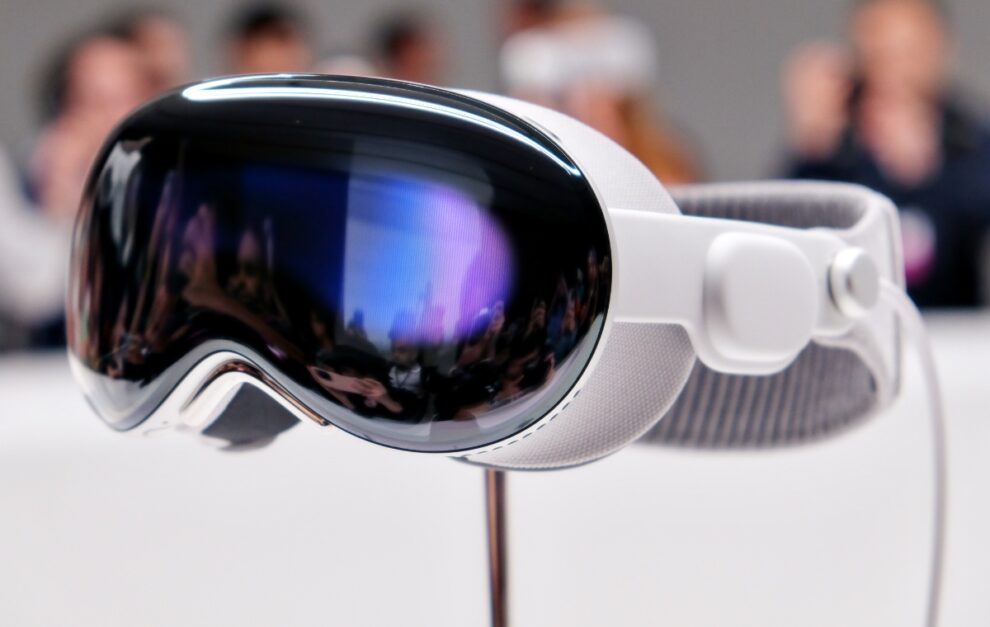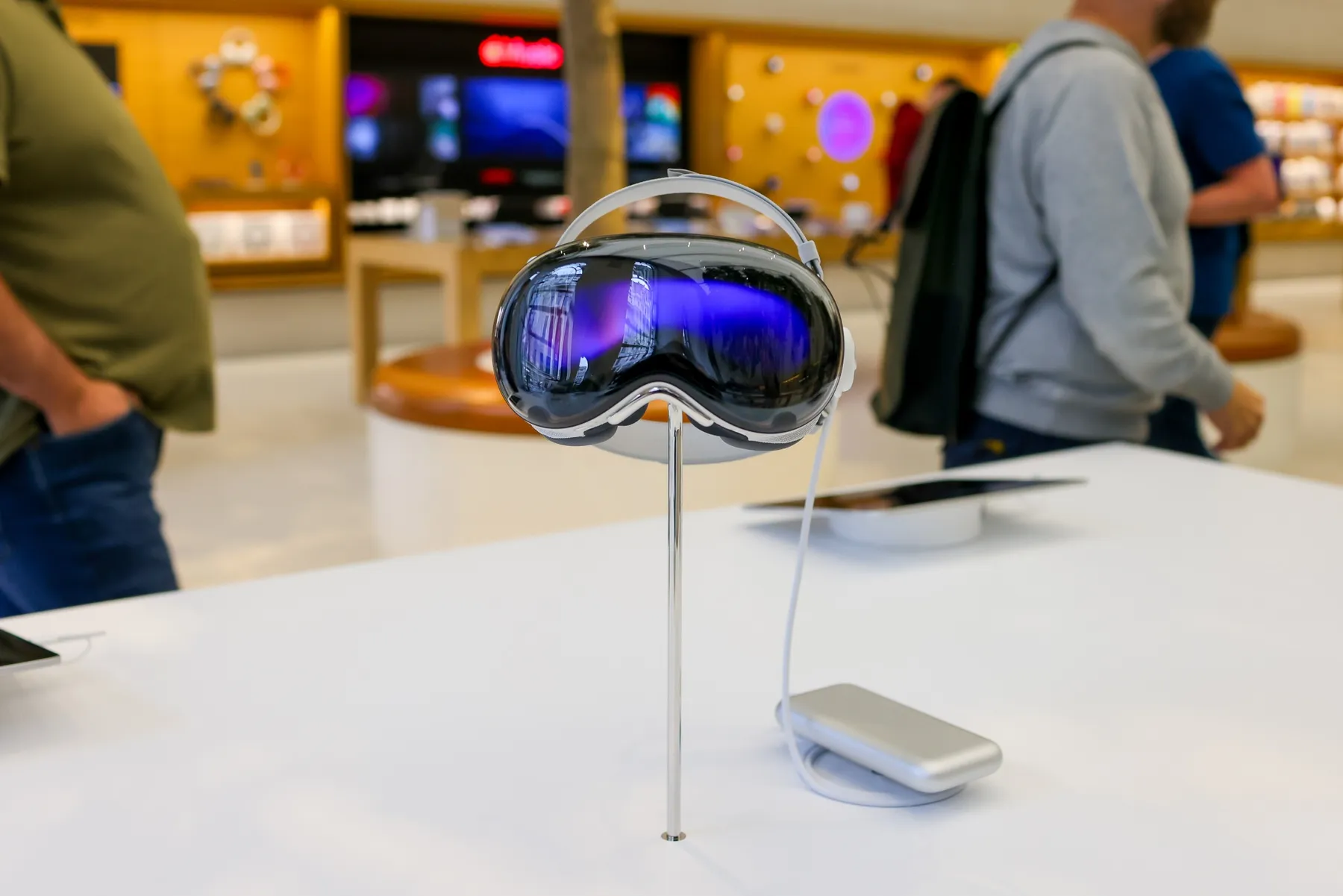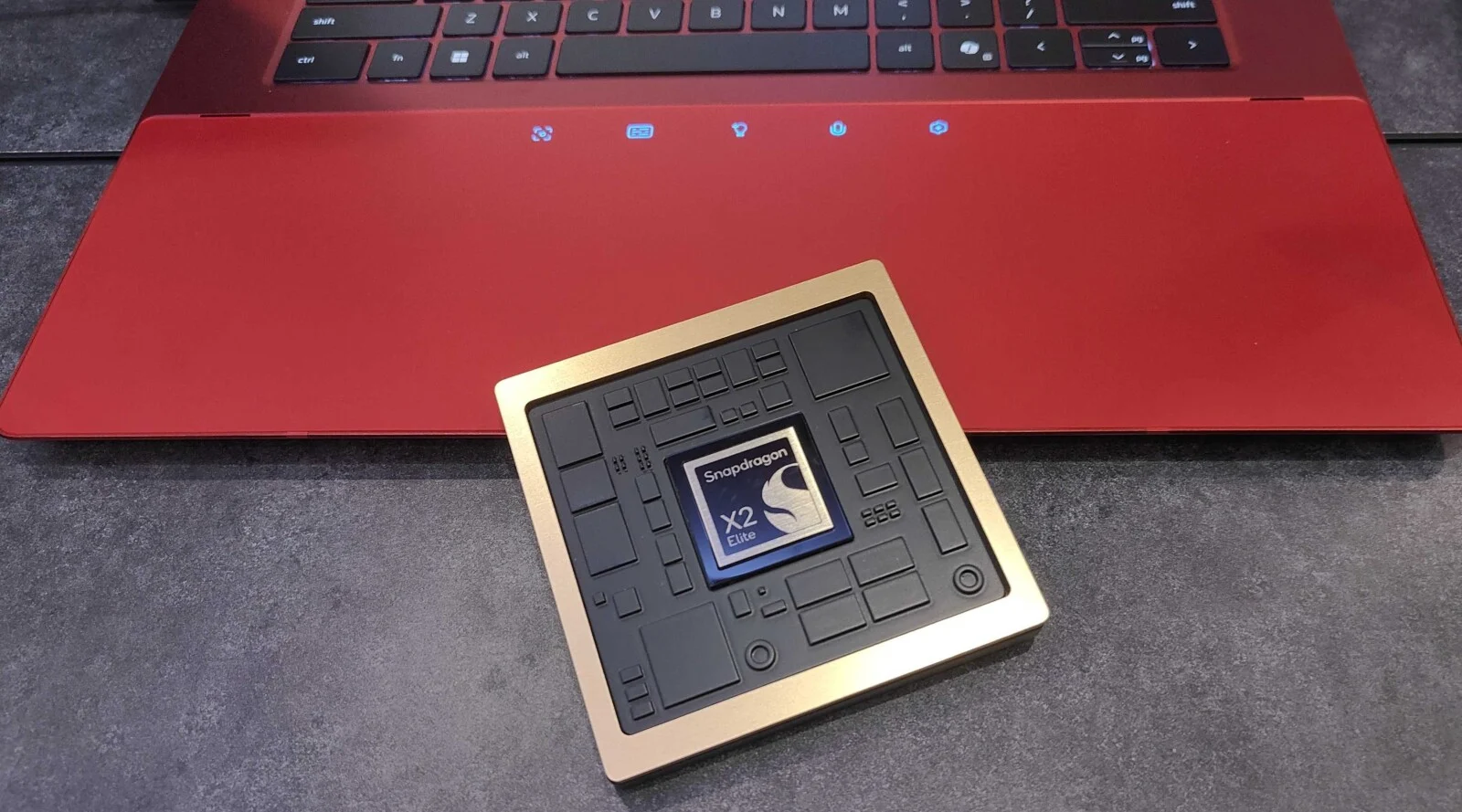For many, the Apple Vision Pro arrived like a sci-fi dream, a sleek, powerful glimpse into the future of computing. But that $3,500 price tag? That brought a lot of people crashing back to reality. It felt out of reach, a premium device for early adopters and developers, not the everyday Apple enthusiast. But hold onto your spatial computing dreams, because the whispers are getting louder: Apple might just be working on a more accessible headset, potentially landing by 2026, that won’t require selling a kidney.
Enter the rumored “Apple Vision Air.” While not officially confirmed by Apple (they rarely spill the beans before showtime), a growing chorus of reliable sources, including the ever-watchful eyes of Bloomberg’s Mark Gurman and supply chain analyst Ming-Chi Kuo, point to a significant effort within Apple to create a lighter, more affordable mixed reality headset. This isn’t just idle speculation; it’s a consistent theme emerging from those with connections to Apple’s internal workings and manufacturing partners.
Think of the pattern: Apple often introduces a high-end, feature-rich product first, pushing the boundaries of what’s possible. Then, they follow up with a more streamlined, cost-conscious version that brings the core experience to a wider audience – think MacBook Pro followed by MacBook Air, or the initial iPad leading to the iPad Air. It appears Apple is applying this very playbook to their spatial computing ambitions.
The goal with the Vision Air seems clear: address the two biggest hurdles of the Vision Pro – its weight and its cost. Users and reviewers praised the Vision Pro’s capabilities but often noted its heft, which could lead to discomfort during extended use. And, of course, the price made it a non-starter for the vast majority of consumers.
How might Apple shed the weight and the dollars? Reports suggest several potential changes for the Vision Air. One key area is materials. While the Vision Pro uses a mix of aluminum and glass, the Vision Air might lean more heavily on lighter aluminum alloys and potentially incorporate titanium in strategic internal components to reduce overall mass without sacrificing necessary strength.
Another significant factor in both weight and cost is the display technology and the array of cameras and sensors. The Vision Pro features incredibly high-resolution Micro-OLED displays and a complex system of cameras and sensors powering its passthrough video and hand tracking. To bring the price down, Apple might opt for slightly lower-resolution displays, perhaps a different type of OLED or even advanced LCD technology, though maintaining a high-quality visual experience will be crucial. Some reports also suggest a reduction in the number or complexity of external cameras and sensors, which could impact features like the outward-facing EyeSight display that shows a user’s eyes. While EyeSight is a neat concept, it’s also a costly component that could be on the chopping block for a budget-friendlier model.
Under the hood, the Vision Pro is powered by Apple’s powerful M2 chip (and a dedicated R1 chip for processing sensor input). The Vision Air might utilize a less powerful, more cost-effective A-series chip, similar to those found in iPhones. While this would mean less raw processing power compared to the Vision Pro, it could still be more than sufficient for many common AR/VR tasks and content consumption, especially if some processing is offloaded or optimized differently.
The rumored price point for the Vision Air varies across reports, but the consensus lands somewhere in the $1500 to $2500 range. This is still a considerable investment, but it’s a significant drop from $3500 and puts it closer to the price of a high-end smartphone or laptop, making it a more palatable purchase for a larger segment of the population.
The timeline of late 2025 to mid-2026 appears consistently in the leaks. This gives Apple time to refine the design, optimize the components for cost and weight reduction, and ramp up production. It also allows the ecosystem around the Vision Pro to mature, with more developers creating apps and experiences for visionOS, which the Vision Air would also run on.
The potential launch of a Vision Air around 2026 feels like a strategic move for Apple. It shows they remain committed to the spatial computing market despite the Vision Pro’s niche appeal at its current price. By offering a more accessible option, Apple can attract more users, grow the visionOS ecosystem, and gather valuable feedback on how people use mixed reality devices in their daily lives.
However, challenges remain. Creating a significantly cheaper and lighter headset without compromising the core user experience is a delicate balancing act. Apple needs to ensure the Vision Air still delivers a compelling and useful spatial computing experience, even with potential hardware differences. The content library also needs to grow substantially to make the headset truly appealing to a broad audience. While entertainment and some productivity tasks are possible, the “killer app” for mixed reality that drives mass adoption is still arguably missing.
Details are still emerging, but the prospect of an Apple Vision Air arriving by 2026 offers a glimmer of hope for those eager to step into the world of spatial computing without the premium price tag of the Vision Pro. It signals Apple’s long-term vision for this technology and their determination to make it a mainstream computing platform. Whether the Vision Air lives up to the growing anticipation remains to be seen, but the possibility of a lighter, more affordable Apple headset within the next couple of years is undoubtedly an exciting prospect for tech enthusiasts and the wider market alike. Keep watching.








